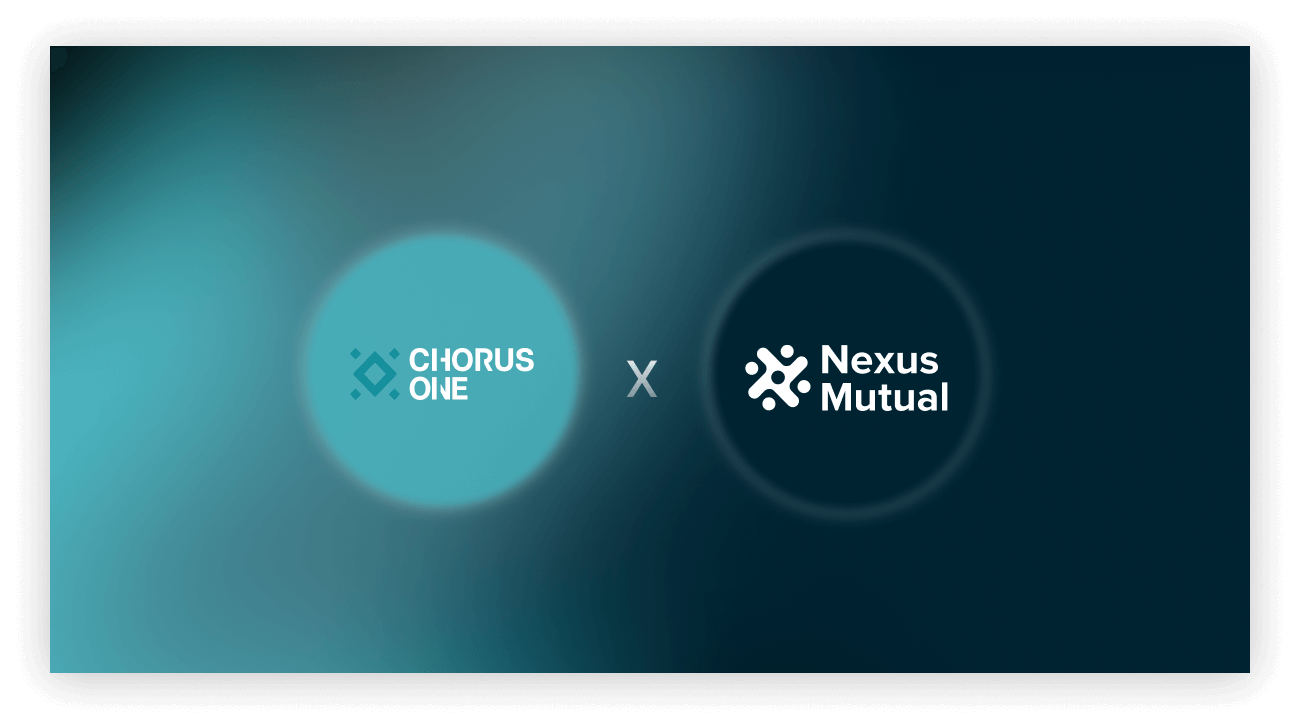
In 2024, the persistent risk of stablecoin depegging has become a central concern for DeFi participants. The collapse of Terra’s UST in 2022 and recurring volatility events involving USDC and other major stablecoins have underscored the need for robust insurance mechanisms. As decentralized finance evolves, specialized DeFi insurance protocols are stepping up to offer targeted protection against these destabilizing events. This article examines the top five protocols leading the charge in stablecoin depeg protection, focusing on their unique features, coverage models, and relevance in today’s risk landscape.

Why Stablecoin Depeg Protection Matters in DeFi
Stablecoins serve as the backbone of liquidity pools, lending markets, and cross-chain bridges within DeFi. Yet, their promise of price stability is not absolute. Regulatory uncertainty, liquidity shocks, and systemic failures can all cause a stablecoin to lose its peg, sometimes with catastrophic consequences for users and protocols alike. As a result, stablecoin depeg protection is no longer an optional extra but a foundational element of effective DeFi risk management.
Unlike traditional insurance, which relies on centralized underwriters, DeFi insurance protocols use smart contracts and community-driven capital pools to offer transparent, permissionless coverage. This enables faster claims processing and more adaptable policy structures tailored to crypto-native risks. For a deeper dive into how these protections work, see our guide to stablecoin depeg insurance.
The Top 5 Protocols for Stablecoin Depeg Coverage (2024)
Top 5 DeFi Insurance Protocols for Stablecoin Depeg Protection (2024)
-

InsurAce is a leading multi-chain DeFi insurance protocol offering coverage against stablecoin depegging events. It supports major blockchains like Ethereum, Binance Smart Chain, and Polygon, and utilizes automated underwriting with diversified risk pools for efficient and comprehensive protection.
-

Nexus Mutual stands out for its community-driven approach to DeFi insurance, providing coverage for smart contract failures and stablecoin depegs. Nexus Mutual processed numerous claims during the Terra UST collapse, highlighting its reliability in protecting users from stablecoin risks.
-

Unslashed Finance offers decentralized insurance products, including stablecoin depeg protection. Its capital-efficient model pools liquidity to underwrite a range of DeFi risks, allowing users to purchase coverage for stablecoin volatility and other protocol vulnerabilities.
-

Amulet Protocol is designed to provide simple and reliable insurance solutions for DeFi users, with a focus on stablecoin depeg protection. Built on Solana, Amulet leverages a unique risk assessment framework to offer transparent and efficient claims processing.
-

Bridge Mutual delivers decentralized coverage for stablecoin failures, smart contract risks, and exchange hacks. Its governance model empowers the community to stake, vote on claims, and participate in decision-making, making it a key player in stablecoin depeg protection.
Let’s break down what sets each protocol apart in this highly competitive space:
InsurAce: Multi-Chain Coverage with Automated Underwriting
InsurAce has established itself as one of the most comprehensive multi-chain insurance providers in DeFi. Users can purchase coverage for smart contract exploits as well as stablecoin depegs across Ethereum, Binance Smart Chain, Polygon and more. InsurAce’s automated underwriting system optimizes capital efficiency by dynamically allocating risk across diversified pools. This approach not only reduces premiums but also ensures prompt payouts should a covered event, such as a USDT or USDC depeg, occur.
The protocol’s transparent claims assessment process is governed by token holders who vote on submitted claims. This community-driven system enhances accountability while minimizing conflicts of interest that often plague centralized insurers.
Nexus Mutual (NXM): Community Governance and Proven Track Record
Nexus Mutual, trading at $92.77 at last check (24h change: -0.0046%), remains a pioneer in decentralized crypto insurance. Nexus Mutual offers bespoke cover products, including those specifically designed for stablecoin depegging events, by pooling member funds into mutuals governed by smart contracts.
This protocol gained significant attention during the Terra UST collapse when it processed numerous claims related to the event, a testament to its operational maturity and responsiveness under crisis conditions. Nexus Mutual’s active governance model allows members to assess claims collectively while incentivizing accurate voting through staking mechanisms.
Unslashed Finance: Flexible Risk Pools with Active Risk Assessment
Unslashed Finance differentiates itself by offering flexible coverage options through actively managed risk pools. The protocol covers a wide range of risks, including smart contract exploits and most notably stablecoin depegs. Users can select policies tailored to specific assets or platforms they interact with.
The protocol leverages frequent actuarial analyses and decentralized claim reviews to maintain solvency even during turbulent market conditions. Its modular design allows users to both purchase coverage and supply capital as underwriters, aligning incentives across stakeholders.
The Evolving Landscape of DeFi Risk Management
The emergence of sophisticated insurance solutions like InsurAce, Nexus Mutual, Unslashed Finance, and soon Amulet Protocol and Bridge Mutual (covered below): reflects growing demand for proactive DeFi risk management. These platforms are not only responding to user needs but also shaping new standards around transparency, automation, and user participation in crypto insurance coverage.
Amulet Protocol: Innovative Parametric Depeg Insurance
Amulet Protocol is gaining traction in the DeFi insurance landscape for its focus on parametric insurance models, particularly against stablecoin depegs. Unlike traditional indemnity insurance, Amulet’s approach relies on predefined triggers, such as a stablecoin price falling below a set threshold for a specified duration, to automate payouts. This removes subjective claim assessment and ensures that affected users receive compensation promptly, without lengthy disputes or manual intervention.
Amulet’s risk pools are transparently managed on-chain, allowing users to verify solvency and coverage ratios in real time. The protocol is designed to scale across multiple blockchains, positioning it as a future-proof solution as new stablecoins and DeFi primitives emerge. For those seeking clarity on how parametric depeg protection functions in practice, Amulet offers an instructive case study in next-generation crypto insurance.
Bridge Mutual: Decentralized Claims and Community Staking
Bridge Mutual rounds out our list with its fully decentralized coverage marketplace for smart contract risks, exchange hacks, and critically, stablecoin failures. What distinguishes Bridge Mutual is its community-driven governance: users stake tokens to provide liquidity for coverage pools and participate directly in claims assessment through voting. This structure incentivizes honest participation while distributing risk across a broad user base.
The protocol’s active focus on stablecoin insurance means that users exposed to USDT, USDC, DAI and other major assets can hedge against sudden depegs. Bridge Mutual also emphasizes transparency by publishing detailed coverage terms and historical claims data, enabling users to make informed decisions about their risk exposure. Curious about how these mechanisms compare? Explore our in-depth comparison of top depeg insurance providers.
Key Considerations When Choosing DeFi Insurance for Stablecoin Depegs
While the protocols above offer robust solutions, selecting the right DeFi insurance protocol depends on several factors:
- Coverage Scope: Does the policy protect against all major stablecoins or only select assets?
- Payout Mechanism: Is compensation automatic (parametric) or subject to claims review?
- Capital Efficiency: How well does the protocol manage pooled funds to ensure solvency during systemic events?
- User Governance: Are claims assessments transparent and community-driven?
- Track Record: Has the protocol processed real-world payouts after recent depeg events?
The Road Ahead: Trends Shaping DeFi Insurance in 2024
The rapid evolution of DeFi brings both opportunity and risk. As new forms of algorithmic stablecoins launch and regulatory scrutiny intensifies globally, demand for reliable depeg protection will likely accelerate. We are seeing protocols experiment with hybrid models that blend parametric triggers with discretionary governance, a trend that could further enhance resilience against black swan events.
User education also remains critical; many market participants still underestimate the tail risks associated with stablecoins despite recent high-profile incidents. For a deeper analysis of why stablecoins depeg, and how these protocols can shield your portfolio, see our research article on real-world examples of depegs and DeFi insurance strategies.
The five protocols highlighted here, InsurAce, Nexus Mutual (at $92.77), Unslashed Finance, Amulet Protocol, and Bridge Mutual, are setting new benchmarks for crypto-native risk management. As adoption grows and innovation continues apace, expect further specialization in coverage products tailored to emerging threats within decentralized finance.






